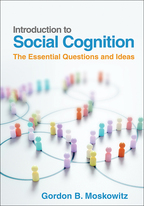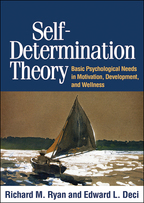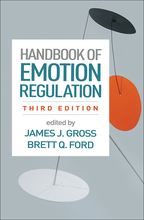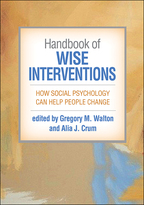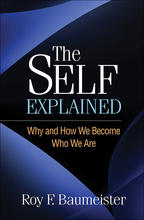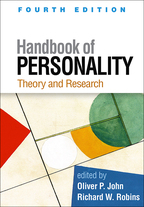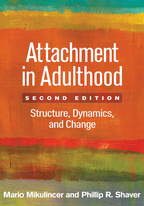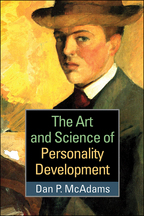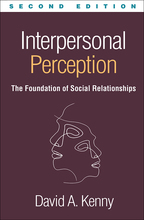The Psychology of Action
Linking Cognition and Motivation to Behavior
Edited by Peter M. Gollwitzer and John A. Bargh
Hardcover
Hardcover
orderJanuary 22, 1996
ISBN 9781572300323
Price: $136.00 683 Pages
Size: 6⅛" x 9¼"
“This book is a must read for...academics teaching courses such as motivation and emotion, the psychology of motivation, or cognitive psychology where the topic of affect is addressed to some degree. If you want to get the latest theorizing for your students or your own personal research, I recommend that you get your hands on this volume.”

—Journal of Psychology and Christianity
“This book is a must read for anyone interested in human motivation. In this well-edited volume, top theorists and researchers bring us up to date on their efforts to integrate cognition and motivation through the use of goal concepts and a focus on action. Not only is motivation back but along with it such important topics as intention, willpower, self-regulation, and the dynamics of action.”

—Lawrence A. Pervin, Ph.D., Rutgers University
“The artificial separation of cognition and motivation was an unfortunate by-product of the demise of grand theories in psychology. This book takes a large step toward re-integrating these constructs. It does more, however: it integrates the new with old. Although the scholarship that enlightens these chapters is impressive in its currency, the underlying issues addressed—the role of consciousness in life, the operation of choice and will in action, the basically functional nature of behavior—take us back to our roots in the great age of the classical approaches.”

—Russell G. Geen, Ph.D., Curators' Professor of Psychology, University of Missouri
“The aspiration of the editors implied in the title of this important volume—to find a link between action and cognition—is as admirable as it is risky. For decades, cognition has relied heavily on the computer model of the mind, and like the computer, had no conceptual instruments to allow for derivations about behavior and action. Action could be modeled in the robotics. But the robot that engages in motion requires an external source of energy, independent of the software that runs it. This is not so in the case of living organisms where `software' and `hardware' are intimately interlaced. The editors are to be congratulated for taking the risk and achieving a most promising breakthrough in the search for a conceptual union between cognition and action.”

—Robert B. Zajonc, Ph.D.
—Journal of Psychology and Christianity
“This book is a must read for anyone interested in human motivation. In this well-edited volume, top theorists and researchers bring us up to date on their efforts to integrate cognition and motivation through the use of goal concepts and a focus on action. Not only is motivation back but along with it such important topics as intention, willpower, self-regulation, and the dynamics of action.”
—Lawrence A. Pervin, Ph.D., Rutgers University
“The artificial separation of cognition and motivation was an unfortunate by-product of the demise of grand theories in psychology. This book takes a large step toward re-integrating these constructs. It does more, however: it integrates the new with old. Although the scholarship that enlightens these chapters is impressive in its currency, the underlying issues addressed—the role of consciousness in life, the operation of choice and will in action, the basically functional nature of behavior—take us back to our roots in the great age of the classical approaches.”
—Russell G. Geen, Ph.D., Curators' Professor of Psychology, University of Missouri
“The aspiration of the editors implied in the title of this important volume—to find a link between action and cognition—is as admirable as it is risky. For decades, cognition has relied heavily on the computer model of the mind, and like the computer, had no conceptual instruments to allow for derivations about behavior and action. Action could be modeled in the robotics. But the robot that engages in motion requires an external source of energy, independent of the software that runs it. This is not so in the case of living organisms where `software' and `hardware' are intimately interlaced. The editors are to be congratulated for taking the risk and achieving a most promising breakthrough in the search for a conceptual union between cognition and action.”
—Robert B. Zajonc, Ph.D.

